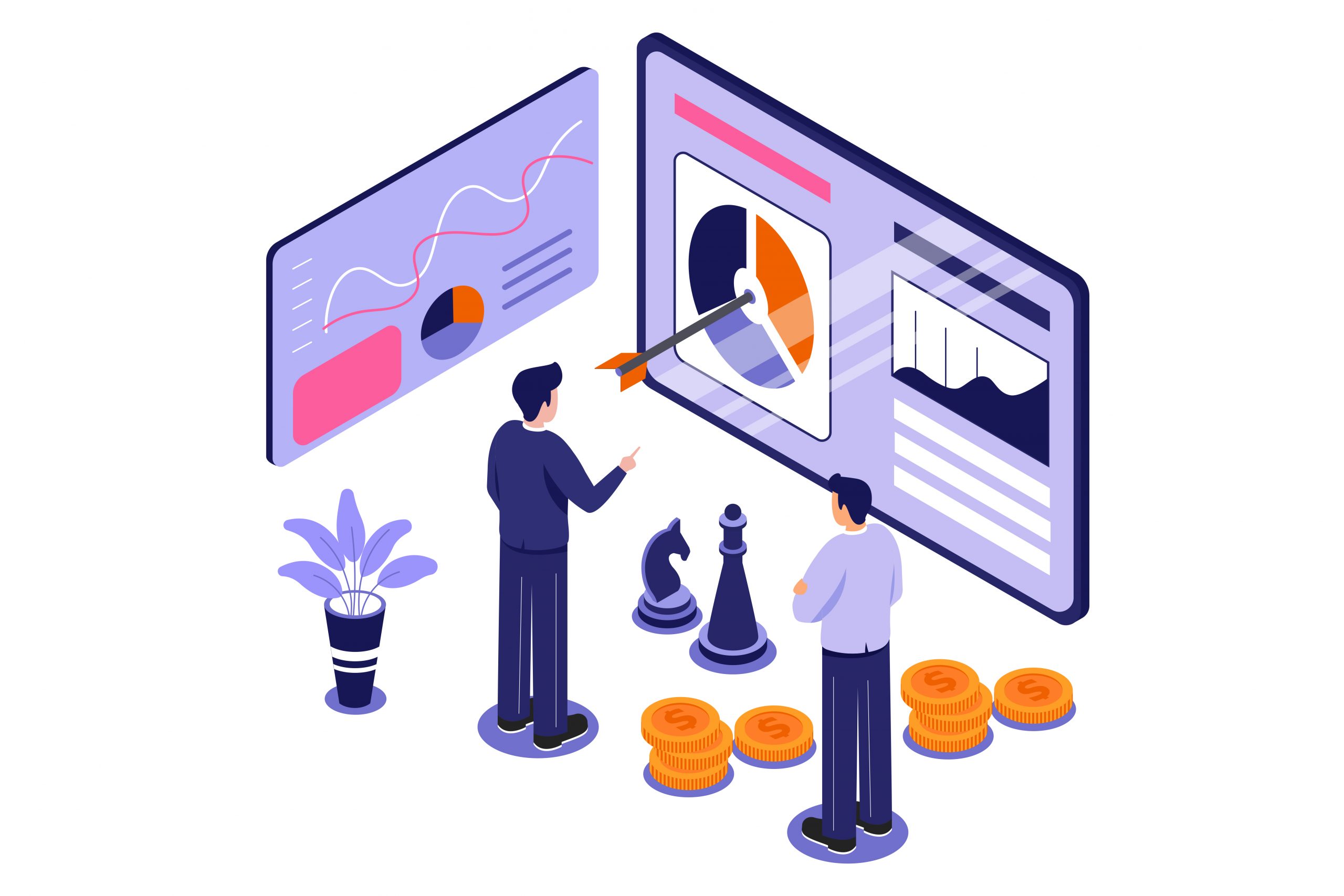5th August 2021
How to hire your first software engineer
We’ve been busy trawling the web’s various forums, message boards, and social media threads to bring you a definitive SaaS FAQ series. There’s a lot to cover (naturally), so stay tuned for the next installments. We’ve chosen the best answers to share with you, and we’ll also add in our perspective to give you a rounded view on some of the niggling issues plaguing online entrepreneurs…

In an ideal world, a SaaS founder will have a clear 6 month calendar to knuckle down and get on with developing their product. Unfortunately, life’s not that simple – unless you’ve got the personal finances to see you through your first year of development, the chances are that you’ll at least be working part-time to support yourself.
Start-up culture often preaches the virtues of burning the candle at both ends, implying that if you’re not working 8 hours on top of the day job, you’ll never see your success materialise. Let’s be clear – bootstrapping your business is hard work, but there’s more to it than simply clocking in hours at your desk. Use all the resources you have at your disposal, no matter how limited they might be.
“Working as a consultant for other companies, and getting to see (first-hand) what problems they encounter, what they pay for, and the process for deciding what to buy was incredibly instructive.
A lot of business success is leveraging the skills, knowledge and connections you’ve gained along the way.”
Justin Jackson, Transistor.fm founder
This can be true of any line of work you may find yourself in – and for many SaaS founders , their initial idea was spawned from their own professional experiences within a given industry. From this position, a lot of the groundwork – finding an audience, establishing their pain points, and coming up with solutions – has already been done.
What’s most consistent amongst the answers you’ll find however, is that it often comes down to sheer determination, and sometimes personal sacrifice.
“Planning things on paper is often very different to how they play out in reality. Often times, founders grossly underestimate the challenges that lie ahead for their business venture and when it comes to execution, they get shocked by the number of obstacles they face, the enormous difficulties in trying to overcome those obstacles and the time-consuming nature of trying to figure out solutions to unanticipated problems in real time.
As someone who is running a business with a full-time job, I can personally tell you that this is the most testing aspect of starting a business whilst keeping a full-time job.
How do you overcome this phase? Perseverance, tenacity, discipline and pure focus.”
Jahed Morad, SaaS founder
But before you start ruthlessly striking events from your social calendar, remember that a well thought-out and executed validation effort can save you from sinking months if not years of your life into a venture that is ultimately doomed to fail. If you’re strategic in your approach to planning and validating your idea, you’ll find it much easier to make time for other commitments.

Taking on well-established competitors in the software world can seem like the SaaS-founder ‘hard mode’, but the reality is that in this day and age, it’s increasingly likely that your SaaS idea will have at least some competition out there already.
But fear not! The advantage you have from building from the ground up is that you can learn from and exploit your competitors’ blind spots and weaknesses – you just have to make sure that your understanding of your target market and its vulnerabilities is as fleshed out as it can be.
“Start with the audience, not the idea.”
Steffan Vetter, Friendly founder
“I don’t see anything wrong with building a product in an existing market with existing products. What matters is whether you can get customers and keep them happy. Focus on them, not on any of the commentary.”
Hiten Shah, Co-Founder & CEO at Nira
Endcrawl, for example, launched a SaaS solution to a highly specific yet fairly commonplace demand for filmmakers – making your end credits crawl. Now naturally, the colossal Adobe suite had this covered in After Effects, but the barrier to entry for using that software is fairly high, and independent filmmakers might not be able to afford the high premium, especially if a credits roll was the only animation they needed in their whole film.

Now, Endcrawl has been able to iterate over and expand its feature set despite taking on an industry titan, and they managed it by looking at the processes their target audience go through and effectively chiselled off part of the wider workflow that was already being serviced by an established competitor.
Their FAQ gives an effective example that encapsulates the key stages to planning a SaaS around an audience’s pain point:

Clear, concise, and appealing to the target demographic – with some tweaks, you could apply this formula to any number of industries or markets.

Once again, it all comes down to idea validation – but what should you prioritise as part of this process? You can read about it in more depth here, but the bottom line is that you want to collect as much ‘evidence’ as possible to support the idea that people will actually want to pay money to use your service.
A recurring theme amongst the answers we saw to this question is that the pursuit of perfection can be your undoing – as a bootstrapped founder, it’s important to get something out there and tested by your target audience. Of course, you don’t want to embarrass yourself by handing your first leads a buggy mess, but as long as you’re open and honest about the limitations of your early iterations, early adopters will be excited by the prospect of having a pain point resolved and will be more likely to invest in your development journey.
“Most valuable thing I’ve learned: you can ship with a TON of missing features if you nail the core stuff. Add password resets later.”
Ben Orenstein, founder of Tuple
Building an online profile comes up repeatedly as the best way to start building an audience for your product. This can be achieved a number of ways, but the best thing about it is that you’re already generating the content with the rest of the work you’re doing to launch your SaaS venture. ‘Building in public’ is a great way to get people invested in your business. You’ll find that people with no immediate or obvious use for your product will tune in for inspiration, and word-of-mouth marketing – whilst difficult to measure – is potentially one of the most valuable sources you can draw on.
“The single biggest thing that helped me with direct sales is blogging and building my online profile. That online reputation made people excited to get on a call with me. Blog, podcast, teach, share, and connect. Then when you send the cold email that person will know who you are and be so much more likely to respond.”
Nathan Barry, founder ConvertKit
It’s important to make sure that this aspect of your work doesn’t distract too much from the core of your development needs, but finding that balance is all part of the process, so don’t be afraid to experiment and see what works for you and your audience.
Hopefully you’ll find something here to take away and learn from, and be sure to check back in for future instalments of our SaaS FAQ series. If there’s one takeaway you should leave with however, is that there’s no on-size-fits-all solution, as each SaaS journey is different. That’s why tailored development solutions will always give the best return on investment – whether that investment is time, money, or both!

14th June 2021
Strategizing to identify & target your SaaS users

26th May 2021
Is my idea SaaS-suitable?

12th May 2021
What makes a great SaaS website?
Conversion-led with proven R.O.I. success
Instant results, long-lasting impact.
Vast experience
Established since 2003, servicing local businesses and global brands.
Friendly and proactive support
We build personal connections, ensuring your brand is in safe hands.
We'd love to discuss your project
Tell us about your project and get a quote.
Are you in need of more business?
We can double your conversion rates by optimising the user experience
Get a FREE UX audit on your website